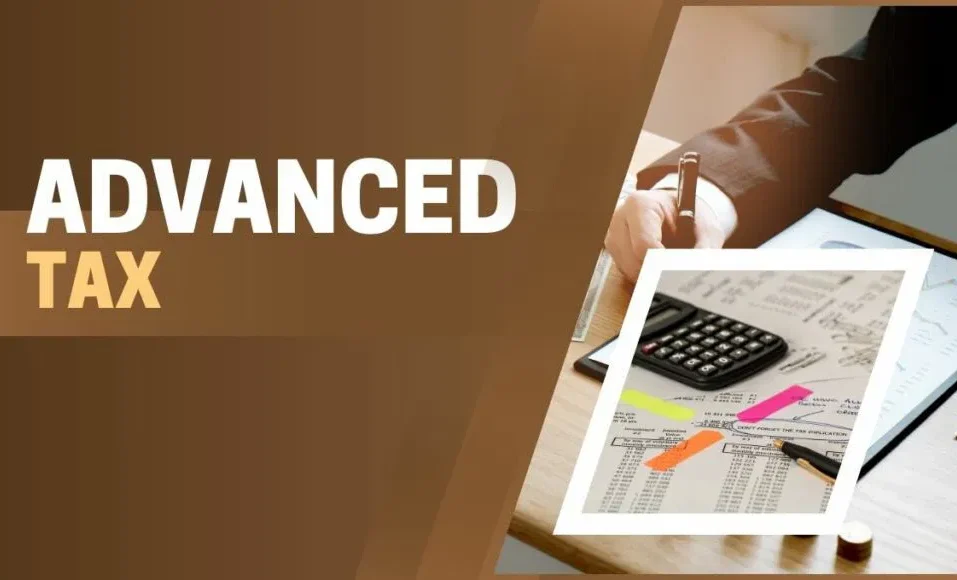Advance tax in India is a system to pay taxes as you earn. Instead of one big payment at year-end, you spread it across the year. It applies to salaried folks, businesses, and professionals. Why does it matter? Let’s break it down.
What is Advance Tax?
Advance tax is a tax which you pay in installments during the financial year, as per the Income Tax Act of India. If you expect your total tax liability to be more than ₹10,000 in a financial year, you are liable to pay advance tax. This applies to both individuals and businesses.
Advance tax ensures that taxpayers contribute towards their tax liability throughout the year, rather than making a lump-sum payment after the year ends. This system benefits both taxpayers and the government by maintaining a steady flow of revenue.
Who Needs to Pay and Why?
Not everyone is required to pay advance tax. Only individuals or businesses whose total tax liability for the year exceeds ₹10,000 are liable to make these payments. This applies to both salaried individuals and freelancers.
For salaried employees, the tax is typically deducted at source (TDS) by the employer. However, freelancers, self-employed individuals, and businesses must calculate and pay their own advance tax. This includes income from sources such as rent, capital gains, interest, and business profits.
Key Due Dates for Payments:
In India, advance tax is paid in four installments throughout the year:
- 15th June: 15% of the total advance tax
- 15th September: 45% of the total advance tax
- 15th December: 75% of the total advance tax
- 15th March: 100% of the total advance tax
These dates are fixed by the Income Tax Department, and missing them can result in interest charges under Section 234B and 234C.
How to Calculate and Pay It?
Calculating advance tax in India starts with estimating your yearly income. Subtract deductions like Section 80C (up to ₹1.5 lakh) and compute tax per slabs. Use Form 26AS to track TDS and adjust. Payments go online via the Income Tax portal or banks. For instance, a ₹20 lakh income with ₹2 lakh TDS needs advance tax on the rest.
For example, if your total tax liability for the year is ₹1,00,000, you would pay ₹15,000 by June 15, ₹45,000 by September 15, ₹75,000 by December 15, and the remaining ₹25,000 by March 15. Missing these deadlines adds penalties, so plan ahead.
Benefits of Paying Advance Tax:
There are several advantages to paying advance tax on time:
- Avoid Penalties: Timely payment helps you avoid interest charges and penalties under Section 234B and 234C of the Income Tax Act.
- Smooth Cash Flow: By spreading out your tax payments, you can manage your cash flow more efficiently throughout the year.
- Improved Credit Profile: Consistently paying advance tax improves your financial standing, which can be beneficial when applying for loans or credit.
Paying advance tax also helps the government maintain a steady cash flow, ensuring that public services and infrastructure are adequately funded.
Conclusion:
Advance tax is an essential part of the Indian tax system. By understanding its due dates, payment methods, and eligibility, you can avoid the risk of penalties and interest charges. By paying taxes in installments, taxpayers can also avoid the financial burden of a large lump sum payment at the end of the financial year. With 6.77 crore ITRs filed in 2023, per the Economic Times, taxpayers are catching on. Ready to master your taxes? Explore more tax insights now!
– Ketaki Dandekar (Team Arthology)
Read more about Advance Tax in India here – https://cleartax.in/advance
